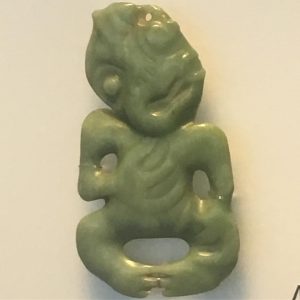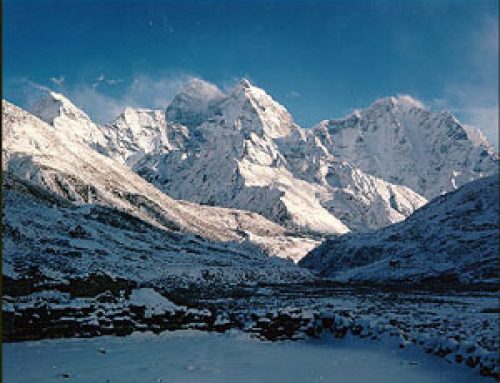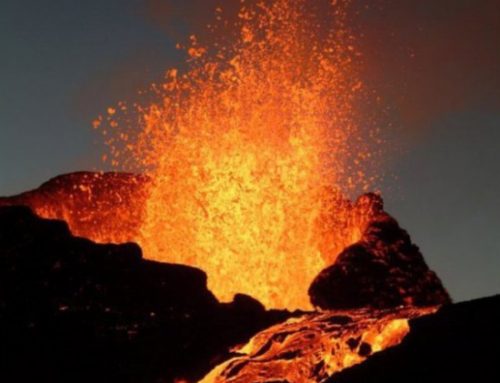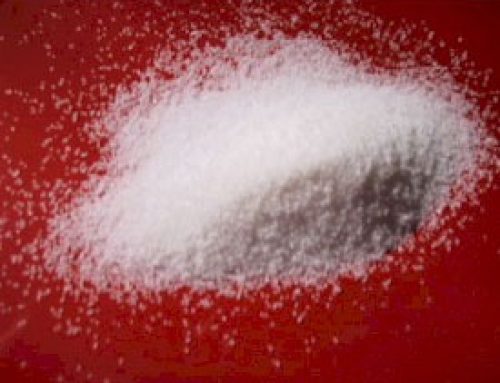
What is jade? Jade rock from Alaska
Jadeite and nephrite
Jade is really two kinds of metamorphic rock, jadeite and nephrite, that look pretty much exactly the same. Scientists can tell them apart using chemical tests and x-rays. Like quartz, both jadeite and nephrite are chains of silicon and oxygen atoms.
Why is jade green?
Jadeite is a simpler chain and nephrite is a double chain. A trace of iron in the jade makes it look green (the same way iron makes the blood in your veins look bluish). Sometimes chromium makes the green color instead.
Where do you find jade?
Jade forms where two tectonic plates meet and there’s a lot of pressure under the earth. The pressure compresses a rock called pyroxene and transforms it into crystals of jade. There’s a lot of jade in China, and artists in China used jade to make sculptures and jewelry from the Stone Age right up to modern times.

Maori jade figure from New Zealand, about 1800 AD
Jade and medicine
In Europe, jade was very rare and expensive. Doctors in Spain in the 1500s AD thought putting jade stones on your kidneys would help cure kidney disease. Our word “jade” comes from the Spanish word for kidneys, and “nephrite”, another word for jade, comes from the Latin word for kidneys (because some fancier doctors used the Latin word).
Jade and money
In New Zealand, where jade was also rare, Maori people used jade as a kind of sacred money, so that if you cheated someone on a deal using jade, you’d be cursed.
So what is jade? Did you find out what you wanted to know? Let us know in the comments!





Hi my name is Margaret
I use to work at the patent Trademark Office. When you write a story and you do not want anyone to use your information then you have to get a copyright from the above office. I am sure they will be able to help you.
Have a good evening
No, you don’t. Anything you write is automatically copyright to the author without any registration. Patents and trademarks have to be registered, but copyright doesn’t. Thanks for writing!
With havin so much content and articles do you ever run into any issues of plagorism or
copyright violation? My website has a lot of unique content I’ve either created myself or outsourced but it seems a lot of it is popping it up all over the
internet without my authorization. Do you know any techniques
to help stop content from being stolen? I’d certainly appreciate it.
It’s a big problem, for sure. And yes, that does happen a lot. I haven’t tried any technological solutions; mostly I have just moved into supporting the site with a Patreon, and writing articles I can get paid for directly. I think the ad-supported site is not going to be workable, mainly for this reason.